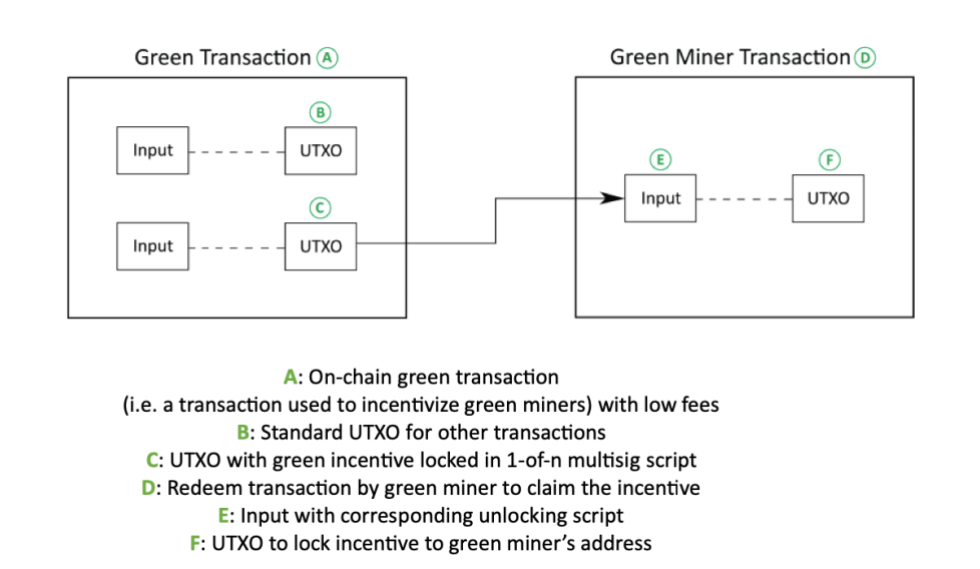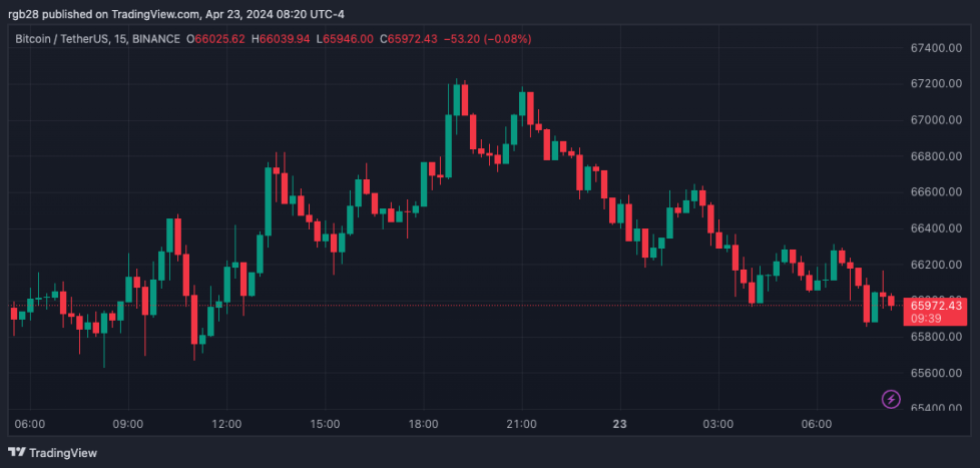PayPal’s Blockchain Research Team has teamed up with Energy Web and DMG Blockchain Solutions to promote “sustainable” Bitcoin mining. This partnership could speed up the shift towards renewable energy in Bitcoin mining as suggested in the study, through the use of crypto-economic incentives.
PayPal Research On Bitcoin Mining
A recent study conducted by PayPal’s Blockchain Research Group uncovered that Bitcoin mining could potentially contribute towards a more eco-friendly future with a caveat. The findings indicated that the carbon footprint of Bitcoin mining is substantial, with an estimated 85 million metric tons of carbon dioxide emissions per year as a result of its Proof-of-Work (PoW) consensus mechanism.
The substantial influence is attributed to the consensus mechanism called proof-of-work (PoW), which fortifies the Bitcoin network. In this setup, miners strive to outdo each other by discovering answers (specifically, cryptographic hashes) for Bitcoin blocks. This process mandates the use of robust computational equipment such as Application-Specific Integrated Circuits (ASICs).
The race for this process and its intense need for powerful computers consumes a large amount of electricity. As miners primarily rely on non-renewable energy sources, this leads to a substantial carbon emission contribution from the Bitcoin network.
PayPal’s BRG initiative aims to motivate desirable actions using crypto-economics. This strategy is intended to enhance and fine-tune current, robust networks. Furthermore, the company seeks to promote greener mining practices and inspire other miners to adopt cleaner energy alternatives.
Bitcoin Rewards For “Green Mining”
The paper proposes directing Bitcoin transactions through eco-friendly miners at reduced fees, with a BTC reward stored in a multisignature payment address. These incentives, which can only be claimed by environmentally friendly miners, would motivate them to process these transactions.
The approach involves finding miners who rely on eco-friendly energy sources. Once these miners are determined, their unique cryptographic identifiers, known as “green identifiers,” can be employed in a decentralized system to distribute Bitcoin rewards. This is accomplished through a “1-of-n multisignature script.” Consequently, the payout address would enable only those miners with green identifiers to collect their earned rewards.

Energy Web, among other providers, facilitates the recognition of eco-friendly miners and invites them to join their sustainable solution. The non-profit entity launches the “Green Proofs for Bitcoin” project, which advocates for transparency and fosters harmony between Bitcoin mining activities and the global push towards decarbonization.
Miners could obtain and publicly display their eco-friendly mining credentials on the Bitcoin Verification Platform called Green Proofs.
In addition, the suggested approach was proven effective through experimentation using DMG. The company conducted tests by sending out numerous affordable transactions to assess their functionality under various transaction volume conditions on the blockchain.
Based on the transaction volume, some low-cost transactions may take a considerable amount of time to be confirmed or ultimately get discarded by the network. Consequently, this raises the likelihood that green miners will process these transactions instead.
Per the paper, the trade-offs were “acceptable,” however, alternative solutions could be evaluated:
An alternative approach allows for the transmission of transactions and incentives to miners through a private channel instead of the public transaction queue (mempool).
Another suggestion is to consider implementing technologies such as smart contracts or the Lightning Network as potential solutions to the identified challenges. Yet, be mindful that these options might involve “relying less on trust and dealing with more intricate setups.”
An important point to acknowledge is that Bitcoin mining has been a subject of controversy. On one hand, some traditional businesses like PayPal have criticized the network for its high electricity usage and carbon footprint. However, recent studies suggest a different perspective. The mining industry is shifting towards renewable energy sources and its carbon emissions are actually decreasing as shown in the chart below.

In an article posted by Forbes, analyst Jonathan Buck pointed out:
The Clean Cybersecurity for American Finance (CCAF) has found that the Bitcoin sector frequently relies on a substantial proportion of renewable energy, reaching over 50% in certain locations. This discovery underscores the industry’s dedication to sustainability and its promising contribution to the ongoing green revolution.

Read More
- SOL PREDICTION. SOL cryptocurrency
- USD PHP PREDICTION
- USD COP PREDICTION
- BTC PREDICTION. BTC cryptocurrency
- TON PREDICTION. TON cryptocurrency
- Strongest Magic Types In Fairy Tail
- AAVE PREDICTION. AAVE cryptocurrency
- LUNC PREDICTION. LUNC cryptocurrency
- ENA PREDICTION. ENA cryptocurrency
- GLMR PREDICTION. GLMR cryptocurrency
2024-04-24 06:12